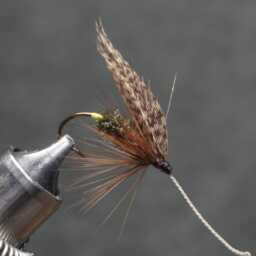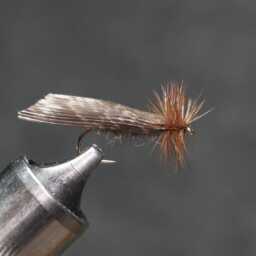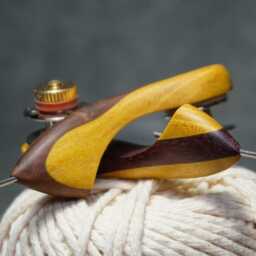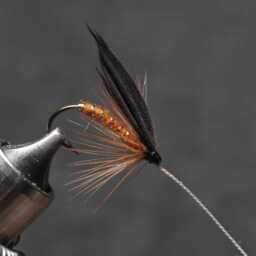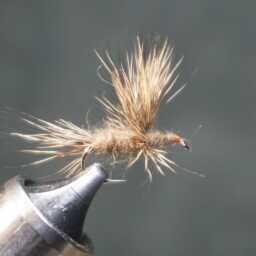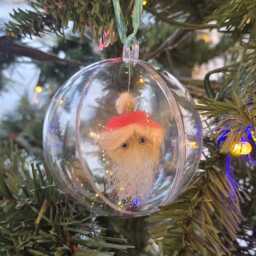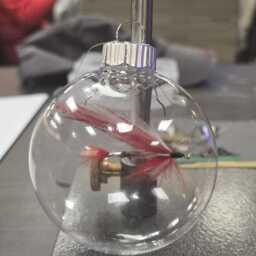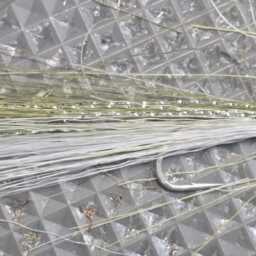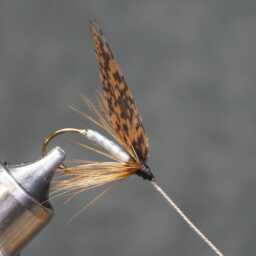The Gadwall duck provides fly tiers with feathers primarily used for creating wing cases, wing feathers, and soft hackles in various fly patterns. The feathers from Gadwalls are particularly valued for their natural mottled appearance, which can mimic the appearance of insects or small prey when used in fly tying. The soft, webby feathers from the body of the Gadwall are often utilized for collar hackles on wet flies. Additionally, the feathers from their wings can be used to create wings or tails on certain fly patterns. Overall, the Gadwall’s feathers offer fly tiers a range of natural and subtly mottled options to imitate different insects or prey, enhancing the effectiveness of the fly in fishing.
The Gadwall (Mareca strepera) belongs to the Anatidae family and is a common dabbling duck. The male Gadwall is typically larger than the female, measuring 47–58 cm (19–23 in) in length with a wingspan of 78–85 cm (31–33 in). In its breeding plumage, the male exhibits a grey pattern with a black rear, light chestnut wings, and a vivid white speculum. In contrast, the non-breeding (eclipse) plumage resembles the female but retains the male’s wing pattern.
The female Gadwall appears light brown and resembles a female Mallard but can be distinguished by its dark orange-edged bill, smaller size, white speculum, and white belly. Both male and female undergo two moults each year following a juvenile moult.
Behavior:
The Gadwall is generally quieter except during its courtship display. Females emit a higher-pitched call similar to the quack of a female mallard, while males produce a grunt and a whistle.
Conservation Status:
Presently, the Gadwall is classified as least concern on the IUCN Red List. It falls under the Agreement on the Conservation of African-Eurasian Migratory Waterbirds (AEWA). Over nearly five decades, populations have increased by approximately 2.5%. Despite being one of the most hunted duck species, efforts from conservation groups like Ducks Unlimited and Delta Waterfowl Foundation sustainably manage the species in the US and Canada.
Habitat and Behavior Traits:
Gadwalls are often overlooked due to their understated appearance, contrasting with brightly colored male ducks. They often compete for food with diving ducks and have adapted well, leading to a significant increase in their North American population since the 1980s. These ducks can be found in small bodies of water with abundant aquatic vegetation, prefer slightly deeper water for feeding compared to other dabbling ducks, and frequently associate with various duck species.
Look for the Gadwall’s black rear end, white wing-patch formed by the inner secondary feathers, and intricately patterned plumage to distinguish males, as their subdued brown appearance might make them easy to miss on a quick scan.
« Back to Glossary Index
